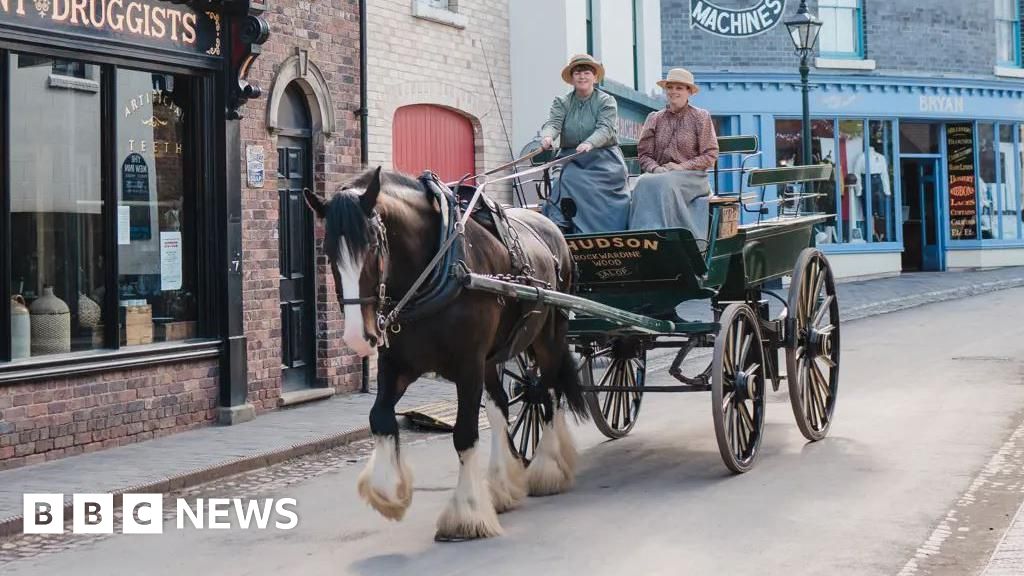Introduction to the Ironbridge Gorge Museums
The National Trust is set to take over the running of museums in the birthplace of the Industrial Revolution, thanks to a £9m government grant. This move will replace the Ironbridge Gorge Museums Trust, which has been operating the Shropshire sites since 1967. The area was declared a UNESCO World Heritage Site in 1986, recognizing its significance in the history of industry.
The Museums and Their Significance
The Ironbridge Gorge Museums Trust currently runs 10 museums and 35 listed buildings and monuments, including Blists Hill Victorian Town, the Coalbrookdale Museum of Iron, and the Old Furnace. These attractions showcase the area’s rich history and its role in the Industrial Revolution. The grant will allow the National Trust to fund maintenance of the properties, which is part of the Government’s plan to boost the local economy.
The Industrial Revolution and Ironbridge Gorge
The Ironbridge Gorge’s role in the Industrial Revolution owes much to the transformation of iron production by Abraham Darby I and the "iron masters" who followed him. The innovations that began in this area are widely considered to be the catalyst for the construction of bridges, railways, and machines of the modern world. The area is often compared to the Silicon Valley of its time, highlighting its importance in the development of modern industry.
The Transfer of Assets
The transfer of assets to the National Trust is expected to take place in spring 2026. However, this transfer does not include the world’s first major iron bridge, a listed structure spanning the River Severn and giving its name to the area, which is owned by Telford and Wrekin Council and cared for by English Heritage.
Preserving an Important Cultural Asset
The Department for Culture, Media and Sport has stated that the move will save an "important cultural asset" and keep it open, with hopes that it will increase visitor numbers. Culture Minister Lisa Nandy emphasized the importance of protecting the museums in the Ironbridge Gorge, given their significance as the birthplace of the Industrial Revolution.
Future Plans and Goals
The National Trust aims to increase annual visitor numbers from 330,000 to 600,000 in the long term. It also plans to remove barriers that prevent people from engaging with heritage and offer events and programs that appeal to families. The trust’s chief executive, Hilary McGrady, expressed her enthusiasm for the new acquisition, stating that she could think of nothing better to be in the care of the National Trust.
Reaction from the Ironbridge Gorge Museum Trust
Mark Pemberton, Chairman of the Board of Trustees of the Ironbridge Gorge Museum Trust, expressed his pleasure at securing the long-term future of the museum through the transfer to the National Trust. He noted that the £9 million grant recognizes the "global significance and national importance of Ironbridge." This move is seen as a positive step towards preserving the area’s rich history and cultural heritage for future generations.

